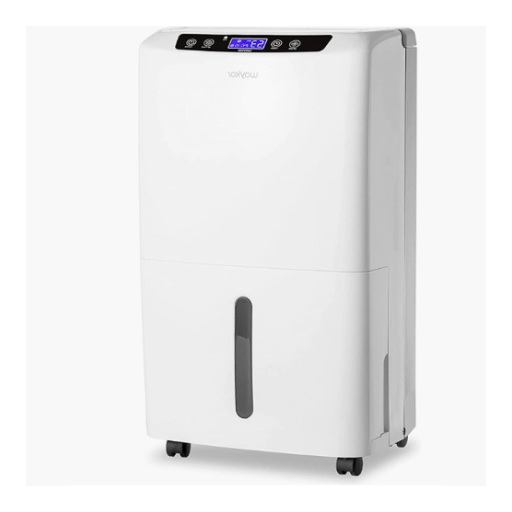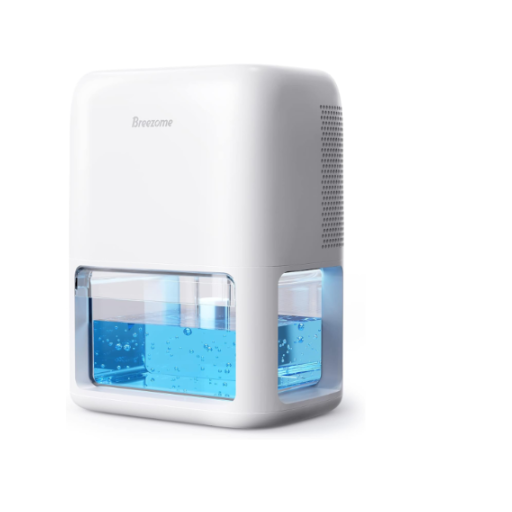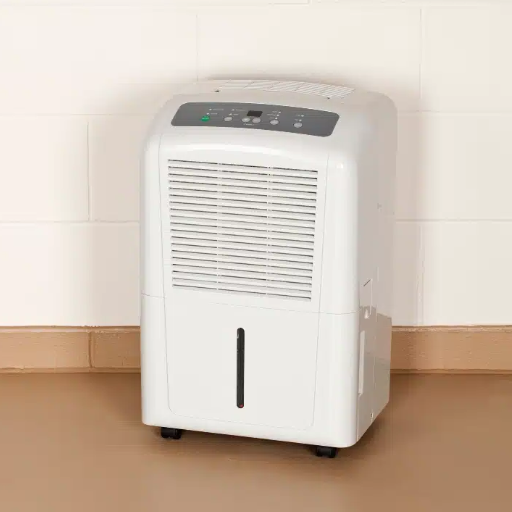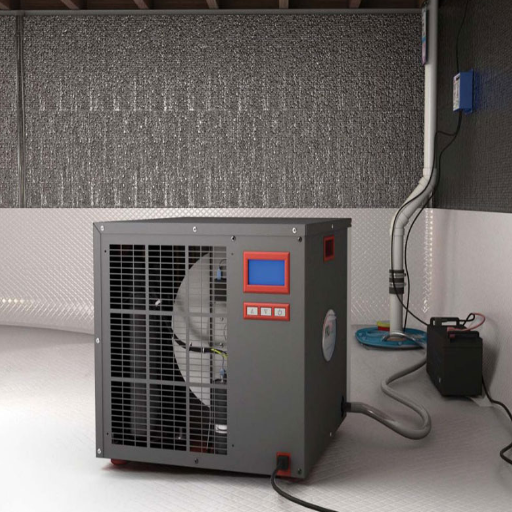The Purpose of a Dehumidifier
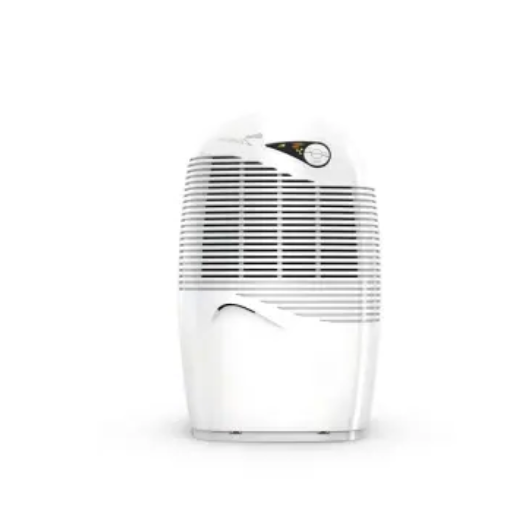
Understanding Humidity and Indoor Air Quality
Humidity refers to water vapor in the air. High humidity indoors—above 60% relative humidity—becomes uncomfortable, sets the stage for mold, dust mites, and the weakening of the structure itself. On the other hand, very low humidity measurements, usually below 30%, lead to dry skin, irritation of the respiratory tract, and may lead to the onset of sickness.
A dehumidifier takes excessive moisture away from the air by sucking in humid air, cooling it until condensation forms, and collecting this water either in a tank or draining it off somewhere. Then, drier air returns to fill the environment. By lowering humidity and improving comfort, the dehumidifier also prevents the proliferation of allergens by mold and mites.
How Dehumidifiers Work to Remove Excess Moisture
Dehumidifiers work by removing excess moisture from the air in a seemingly simple process:
- The device has a fan that draws in warm, humid air from the surrounding environment
- This air is cooled when it passes through cold coils or cooling surfaces inside the machine
- Cooling causes moisture in the air to condense into droplets of water
- This water is then collected in a reservoir or drained out through a hose
- The now drier air gets reheated and released into the environment
Several factors determine the efficiency of the process, including capacity (defined as the number of pints of moisture the unit can pull out of an atmosphere in 24 hours) and the relative humidity. Dehumidifiers come fitted with humidity detectors or humidistats to monitor the ambient level; the numbers produced by the device can be set by users for preference.
Enhancing Overall Comfort with a Dehumidifier
Dehumidification is an instrumental process in improving comfort by controlling relative humidity inside. When humidity rises above 50% inside, conditions become favorable for the formation of:
- Mold and mildew
- Dust mites
- Aggravated allergies and respiratory problems
By providing an ideal humidity level of 30-50%, a dehumidifier creates a healthy and breathable atmosphere inside, which directly relates to better living.
How Dehumidifiers Impact Temperature Perception
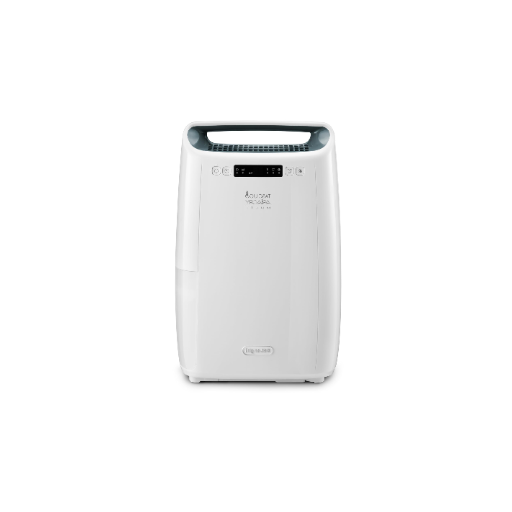
Reducing Humidity Levels for a Cooler Feel
The perception of temperature varies according to the levels of humidity inside a room. High humidity levels mean that there is an increase in moisture in the air. This extra moisture blocks the body from cooling itself via evaporation of sweat.
From a technical standpoint, dehumidifiers remove moisture from the air by refrigeration or desiccant technology by condensing the water vapor into liquid water, which is then collected and drained away. Modern technology has brought energy efficiency and operational optimization to dehumidifiers.
The Science Behind Temperature Perception
Temperature perception, or thermoception, lies at the crossroads of environmental conditions, physiology, and individual differences. While ambient air temperature is the major player, factors that alter perception include:
- Wind is opposing the person
- Humidity levels
- Radiant heat
High humidity can impede sweat evaporation, which reduces the body’s capacity to cool down, thereby making a person perceive higher temperatures than they really are—a phenomenon reflected in the heat index.
Dehumidifier vs. Air Conditioner: Key Differences
Understanding the differences between dehumidifiers and air conditioners is crucial for making the right choice for your space:
| Aspect | Dehumidifier | Air Conditioner |
|---|---|---|
| Purpose | Reduce humidity | Cool & dehumidify |
| Temperature Impact | Warmer air | Cooler air |
| Moisture Removal | High removal | Moderate removal |
| Heat Handling | Indoors | Outdoors |
| Measurement | Humidity sensor | Temperature sensor |
| Ideal For | Wet spaces | Hot environments |
| Power Use | Energy-saving | Energy-intensive |
| Initial Cost | Affordable | Expensive |
| Maintenance | Water draining | Filter cleaning |
Practical Tips for Maximizing Cooling Effects
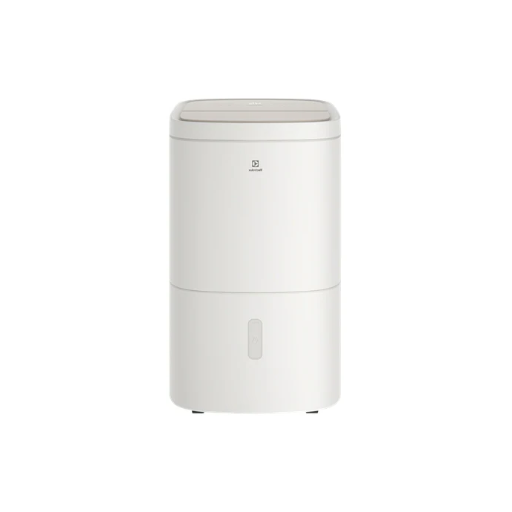
Choosing the Right Size Dehumidifier for Your Room
The capacity of a dehumidifier is measured in pints of moisture removed per day. To decide the right size for your space, consider the room’s square footage and the amount of moisture present:
- Small spaces (under 300 sq. ft.): 20-30 pint models for moderately humid areas like bathrooms or laundry rooms
- Medium to large spaces (500-1,500 sq. ft.): 50-70 pint units for basements or open living areas
- High humidity areas (above 60%): Consider higher capacity units or models with continuous drainage
Optimal Placement for Maximum Efficiency
Proper placement of the dehumidifier is crucial to increase effectiveness:
- Location: Place in the greatest moisture-affected areas (basement, bathroom, laundry area)
- Clearance: Keep a distance from walls, furniture, or obstructions for proper air flow
- Height: Position closer to moisture sources like damp floors or condensate surfaces
- Drainage access: For continuous drainage models, ensure proximity to drainage systems
- Power access: Ensure safe and accessible power outlet connection
Using a Dehumidifier with Fans or Air Conditioning
Combining dehumidifiers with other devices can enhance performance:
Combination Benefits:
- Fans help distribute dry air evenly throughout the space
- Air conditioners work more efficiently in lower humidity conditions
- Energy savings of up to 20-30% when systems work together
- Smart connectivity allows remote control and optimization
Real-Life Examples and Case Studies
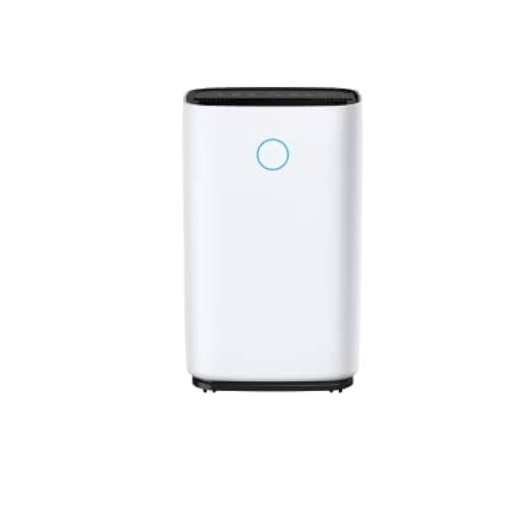
Dehumidifiers in Humid Climates
In tropical and sub-tropical regions, dehumidifiers are essential tools for maintaining acceptable indoor air quality. Excess humidity above 60% relative humidity can cause:
- Mold growth
- Dust mite proliferation
- Structural damage from condensation
- Poor air quality affects human health
Modern dehumidifiers designed for humid climates feature advanced sensor capabilities and can remove 70+ pints of water vapor per day while maintaining Energy Star certification for efficient operation.
Improving Comfort in Poorly Ventilated Spaces
Poorly ventilated spaces commonly face serious problems, including increased humidity, trapped airborne contaminants, and temperature instability. Solutions include:
- Mechanical ventilation systems: ERV or HRV systems for fresh air exchange
- Air filtration: HEPA filters to capture micro-particles
- Moisture control: Dehumidifiers to reduce excessive moisture
- Air circulation: Ceiling or portable fans for improved airflow
Expert Insights on Dehumidifiers and Comfort
Modern dehumidifiers incorporate advanced technology, including:
- Energy-efficient motors with intelligent sensors
- Real-time monitoring of air quality, humidity, and temperature
- Smart home integration with remote control capabilities
- Advanced filtration for removing airborne contaminants
- Automatic operation based on environmental conditions
Conclusion: Making an Informed Decision
Summarizing the Cooling Benefits of Dehumidifiers
Dehumidifiers are core technology in indoor air quality and thermal comfort management. Key benefits include:
- Removing moisture that creates sticky, oppressive feelings
- Enhancing air conditioner efficiency by reducing the moisture load
- Creating more pleasant and comfortable environments
- Preventing mold development and improving air circulation
- Providing energy savings when used with cooling systems
Final Thoughts on Enhancing Indoor Comfort
Creating optimal indoor comfort requires a multi-layered approach considering heat regulation, air quality, and technology integration. Modern solutions can achieve:
- 20-30% annual energy savings when systems work together
- Over 99.97% efficiency in filtering airborne pollutants
- Smart home integration for optimal environmental management
- Sustainable living through efficient resource usage
Frequently Asked Questions (FAQ)
References
- Operational Characteristics of a Household Dehumidifier – Academic paper from Purdue University explaining the principles of refrigeration in dehumidifiers and their effect on room temperature.
- Energy Efficiency Optimization and Better Dehumidification – Publication from the University of Central Florida reviewing the energy efficiency of dehumidifiers and their impacts on room conditions.
- Beat the Heat: Summer Tips for Cooling – Fact sheet from the Office of the Ohio Consumers’ Counsel, stating that dehumidifiers remove moisture and add heat to the room.

